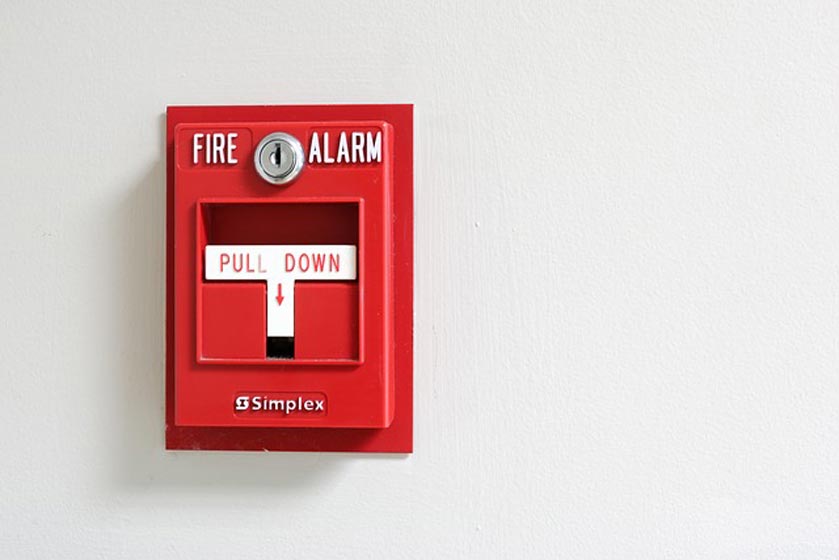Depending on your workplace, fire protection may be a major consideration. While the fire risk is low in many small businesses, workshops and industrial plants are often at severe risk of fire. Despite this, they don’t always do everything that they can to reduce the fire risk, and fires often break out due to this.
Fortunately for you, there are a lot of things that you can do to reduce the fire risk in your building. Some of these things are very simple, and wouldn’t take more than a couple of minutes to implement. Our top 5 tips for reducing the fire risk in your commercial building include:
- Make sure your fire extinguishers are serviced regularly
Fire extinguishers need to be tested at least once every six months, and they need to be pressure tested and refilled at least once every five years. If you fail to do this, your extinguishers could degrade, potentially becoming useless. This will reduce your ability to control a small fire when it occurs, significantly increasing your fire risk.
- Remove fuel sources
General clutter around the workshop or other parts of your building can provide fuel for a fire if one breaks out. Clean up clutter and remove potential fuel sources to reduce your fire risk. Make sure that things like flammable liquids and gases are isolated in appropriate storage containers, and make sure that they aren’t near any potential ignition sources.
- Make sure your smoke detectors work
Smoke detectors should be tested regularly, and their batteries should be replaced as needed. Most smoke detectors run on small button batteries which will go flat after a couple of years, and they can’t work without a battery. Make sure that every room in your building has at least one smoke detector where possible, and make sure that they are all in working order.
- Isolate ignition sources
In most workplaces, potential ignition sources include things like sparks and open flames in workshops, electrical faults and open flames in kitchens. Identify these ignition sources, and do your best to isolate them. Remove fuel sources from the immediate area surrounding them, and do your best to use the appropriate safety precautions.
- Designate clear staff smoking areas
Although Australian law now prevents smoking in many workplaces, this doesn’t mean that it doesn’t still happen. Smoking in the wrong place can pose a significant fire hazard, as lit cigarettes provide a clear ignition source. If you haven’t already, designate a clear smoking area for your employees. Make sure that it is outside, and away from any potential fuel sources.
Final Word
There are a lot of small things that you, as a business owner or manager, can do to reduce your buildings fire risk. A lot of these things are simple, and don’t require a lot of effort. Think about it – is it really worth putting your safety and that of your employees at risk with lax fire safety precautions?


